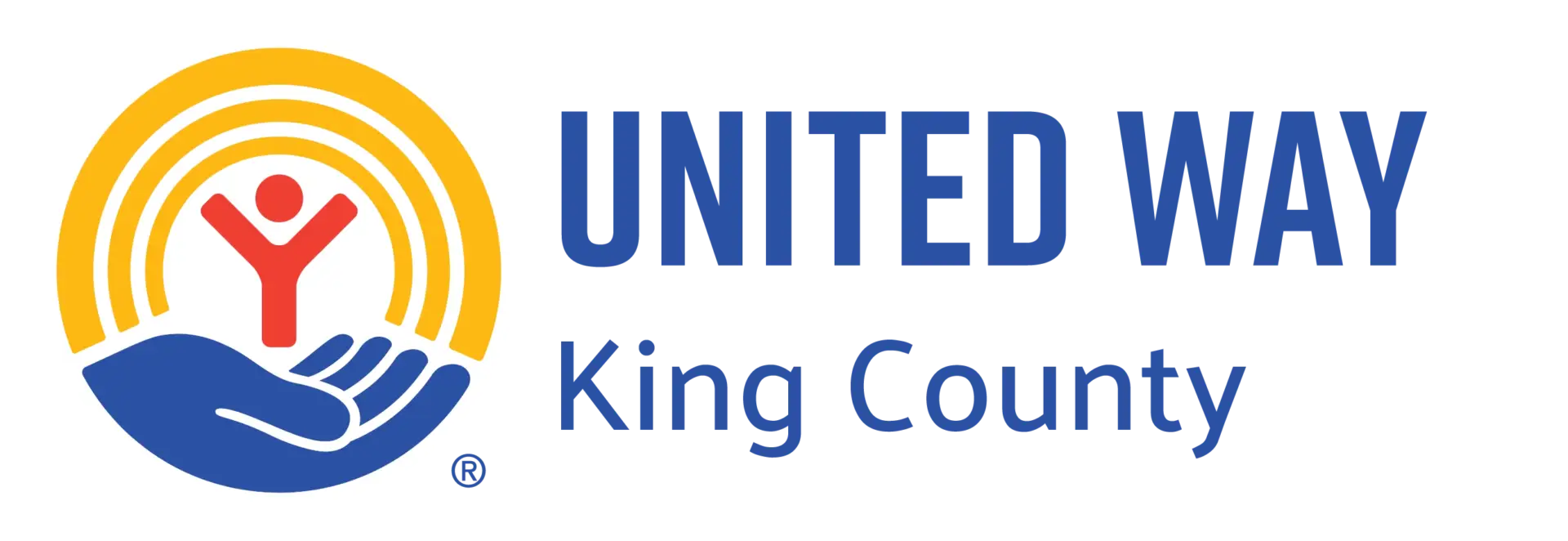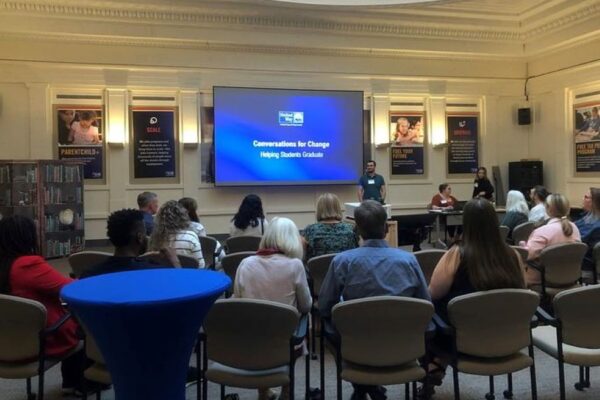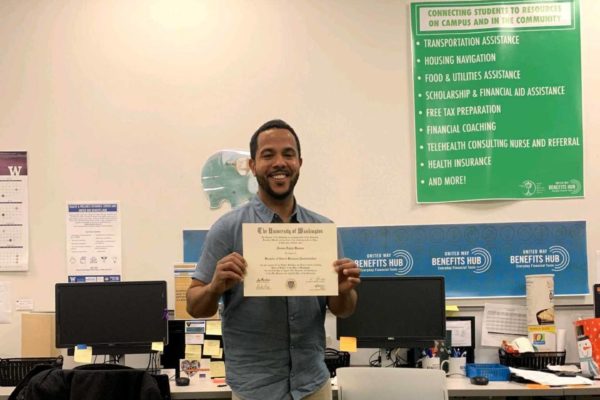United Way Champions Get the Inside Track on Bridge to Finish
United Way’s Bridge to Finish program helps low-income students graduate by providing services like emergency financial grants, housing assistance, access to food and income supports and financial education. Those services are delivered through “Benefits Hub” locations at the 10 King County community colleges where the program operates. Benefits Hubs are staffed by AmeriCorps members, who can also provide mental health and legal services resources.
The COVID-19 crisis has created additional challenges for community college students who were already struggling with food and housing insecurity in our region, said Seattle Colleges chancellor, Dr. Shouan Pan, and Bellevue College interim president, Gov. Gary Locke, during a recent Bridge to Finish briefing for United Way of King County Champion donors.
Gordon McHenry, Jr., United Way’s president and CEO, kicked off the virtual briefing by emphasizing the importance of education to break the cycle of poverty, which disproportionally impacts people of color.
“Education is, without a doubt, the most robust and effective strategy to break out of poverty and mitigate against generational poverty,” McHenry said.
“For a person or a family that is struggling with poverty—that makes persistence and completion very tough.”
McHenry added there is “great concern” about completion rates for students of color, especially as the pandemic continues to hamper the economy. Students in community colleges generally also work, and quite a few provide for their families.
A lot of students at Bellevue College, Locke said, have been laid off or had their working hours reduced, creating a challenge for them to pay tuition and keep their families housed and fed.
While some of the impediments can be overcome, Locke said, more is needed, and United Way’s Bridge to Finish program can help remove those barriers. At Bellevue, he added, a quarter of students who rely on financial aid only earn $19,000 per year, making it hard for them to stay in school.
“We know this program is important. It’s team work that is funded by United Way and staffed by AmeriCorps. It’s just a great program,” Locke said.
Pan said there are similarities between the students at Seattle Colleges and Bellevue—many are first-generation college students who may have grown up in families that never talked about education. Some of them also struggle with food and housing insecurity.
Pan said he ran into a student at North Seattle College who is married with children. The student and his wife attend the school.
“Both were laid off and filed for unemployment, but because of the long wait for the money, they were afraid they were going to be evicted from their apartment,” Pan said. “This is where the funds from United Way come in. In particular, the Benefits Hub helped with food and provided connections to organizations in the community and helped them stay in school. It’s one of hundreds of similar stories.”
Pan said the students are trying to make ends meet while going to school, so he sees his mission as critical and relevant in the region.
“Many of the students we see, we see their persistence, their resilience. It’s actually very inspirational,” Dr. Shouan Pan said.
“Gov. Locke and I agree, many of the students we see, we see their persistence, their resilience. It’s actually very inspirational,” said Pan. “Against all odds, they persisted. Sometimes they come to school without breakfast or lunch, then go to work.”
Locke and Pan said it is imperative for the students to have that support, especially as the state and the nation move further into a situation where a college degree or certificate is essential in a modern economy.
“Our work is mission-centric. We provide a springboard for them to change their luck,” Pan said. “To be able to make a difference, break the cycle of poverty, enable the younger generation to go to school. We’re proud of what we do.”
Nearly 7,000 students accessed more than 18,200 interventions last year. Students who received assistance persisted at a 9% higher rate than other students. Students of color persisted at a 12% higher rate than their peers.
Lauren McGowan, United Way’s senior director for ending homelessness and poverty, said the core of the program is to make sure students persist, so it’s important to measure outcomes. She added that nearly 7,000 students accessed more than 18,200 interventions last year, so the scale is quite large, and it can grow bigger.
McGowan stated that students who received assistance persisted at a 9% higher rate than other students. Students of color persisted at a 12% higher rate than their peers.
At the beginning of the pandemic, when services went virtual, McGowan said there were three times and even four times the number of students seeking rental assistance. Together with private donations and funds from the federal CARES Act, United Way was able to get funds to those students.





Comments